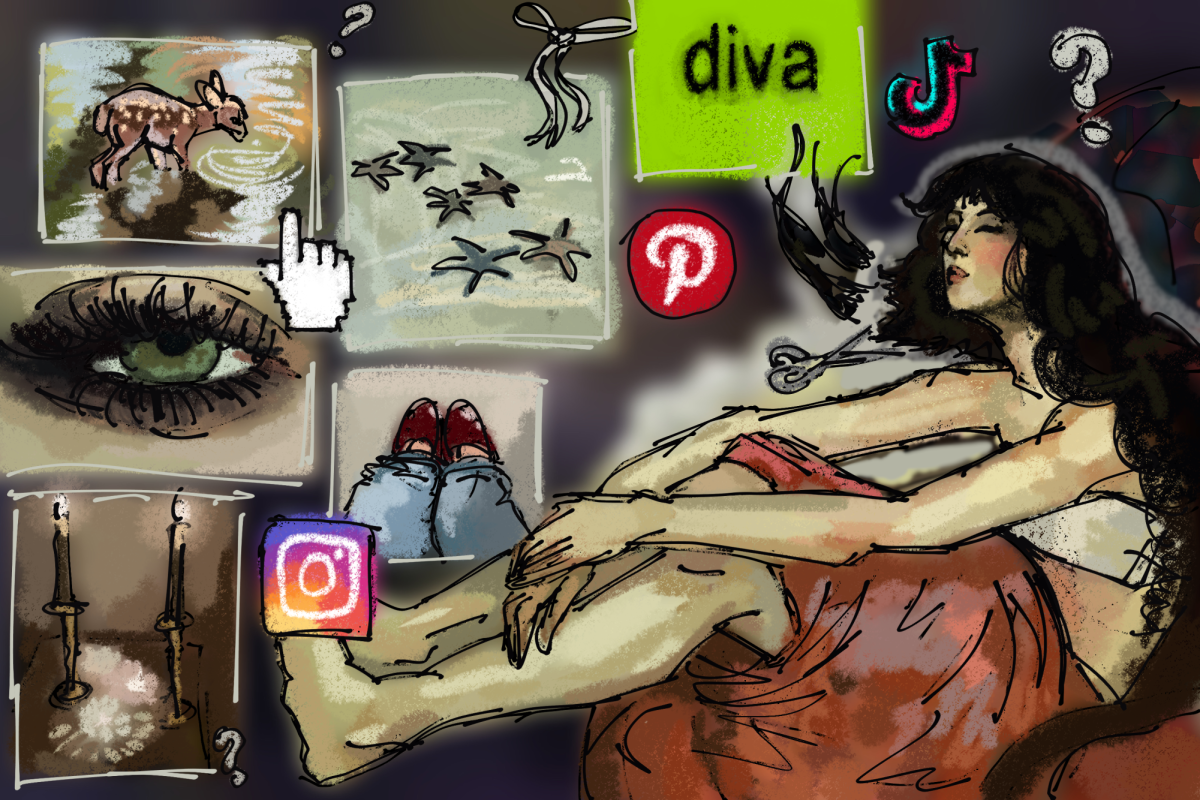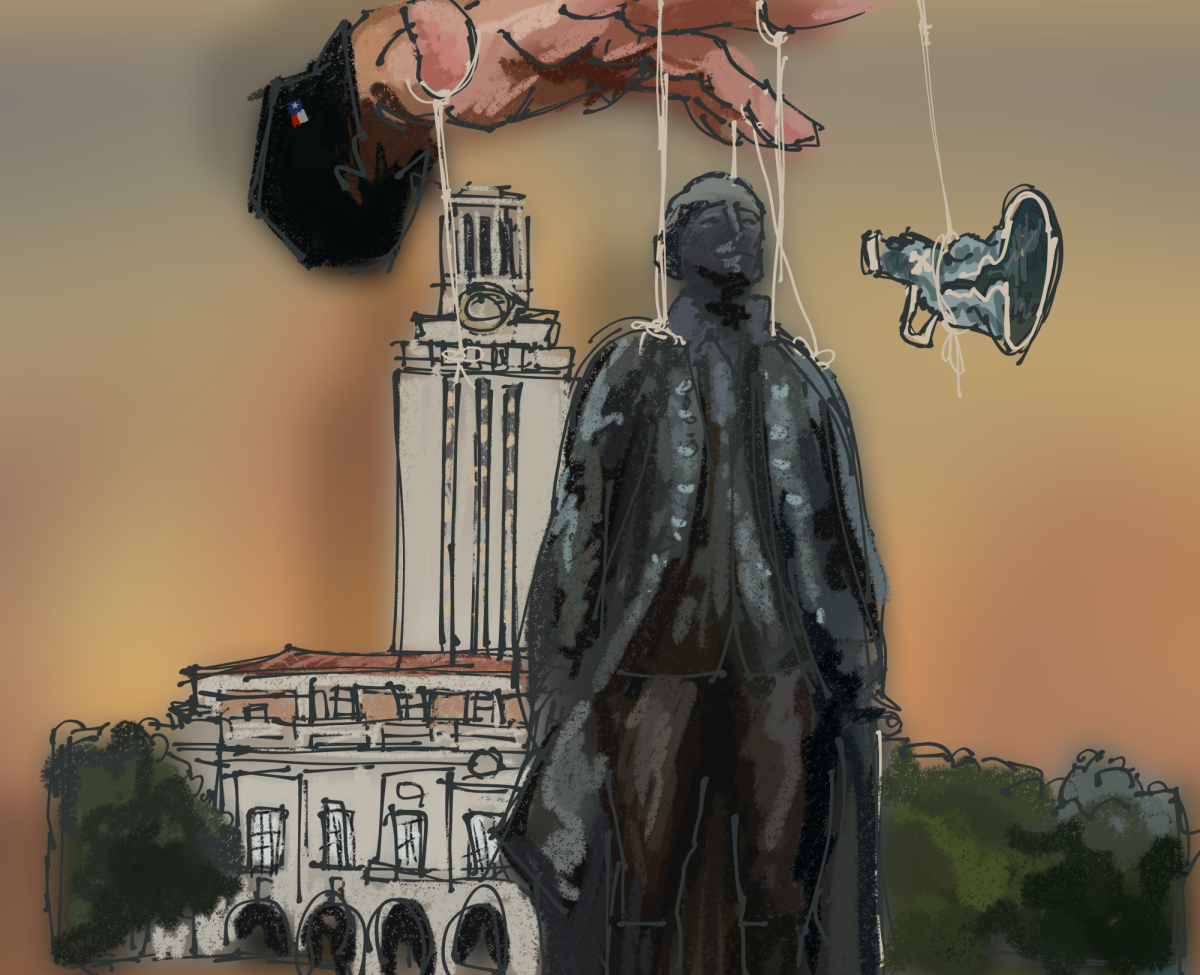I distinctly remember seeing the swollen, bleach-burned face of my cousin as she desperately attempted to conform to the European beauty standards now internalized by family and most of India.
My sudden awareness of colorism scared me. I had always been aware of racism, but now I learned I should again be wary again because I could be seen as too dark-skinned for my own race. But I left my worries in India. I genuinely believed it was a product of a more regressive culture — one that certainly could not exist in ethnoclaves of the United States.
However, upon returning to the United States I saw the same issues appear in mainstream media. In 2012 when Hollywood cast Zoe Saldana as Nina Simone in the biopic “Nina”, critics called the casting decision thoughtless and insensitive. Simone was a proud dark-skinned woman, and critics believed casting the lighter skinned Saldana whitewashed the role.
The controversy reveals a stronger underlying issue, be it in Hollywood, T.V. or even the news. The media disregards the effects of colorism in the way the media presents minorities on screen. It is a disregard, rather than a prejudice, because one could argue that in the case of the Simone biopic, producers chose Saldana based solely on her acting talent. While this may be the case, there are equally talented actresses of darker complexion; casting Saldana undercuts Simone’s representation in iconography as a revolutionary, dark-skinned woman.
It’s easy to dismiss this critique as a “personal problem,” but it has real impacts on victims’ esteem and self-worth.
Neuroscience sophomore Swecha Ramireddy described how as a child her mother would chant the mantra, “Don’t wear bright colors, stay out of the sun.” Despite outgrowing the influence of colorism, seemingly innocuous yet ignorant compliments such as, “You’re pretty for a darker girl,” still sting as they harken back to a childhood where she was made to feel different even among her own people.
In colorism, there is neither a clear benefactor nor victim.
In non-white populations, which tend to take pride in their racial identity, lighter-skinned members can be ostracized for their appearance. Many lighter-skinned black women have been mocked or criticized for not being “black enough.” In such situations, these individuals who already may be facing a degree of discrimination from society also face the same discrimination within their community.
The effects are twofold — a dark-skinned media personality may be overlooked in favor of a lighter-skinned counterpart, and lighter-skinned members of racial advocacy groups might lose legitimacy toward a cause that also affects them for not being “black” or “Indian” enough.
By overlooking prejudiced comments about darker-skinned people, failure to censor advertisements from imported television and movies and casting actors with features aligned with the European standards of beauty society allows this caustic bias to continue to fester within ethnoclaves of the United States
While Hollywood, cable T.V. and other media entities may not be solely responsible for propagating this culture of colorism, a great deal of power to curtail colorism rests in their hands. The argument against colorism is nuanced, but there is little effort to prevent it from continuing. Those with the power to stop it, should.
Batlanki is a neuroscience sophomore from Flower Mound.





















